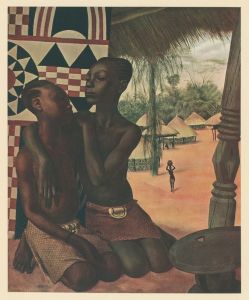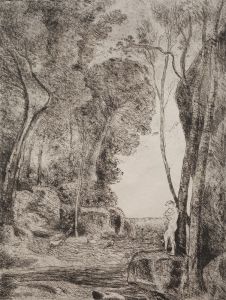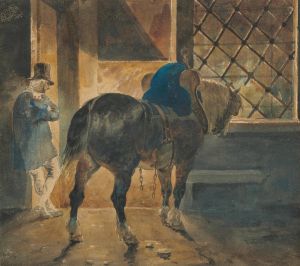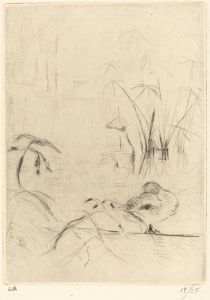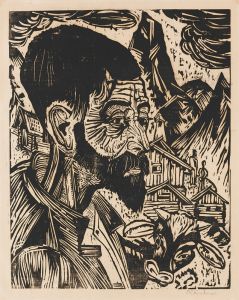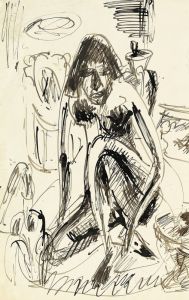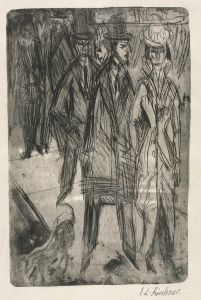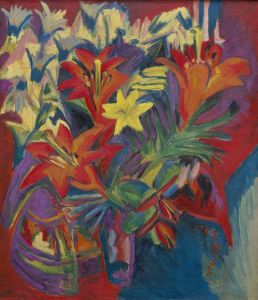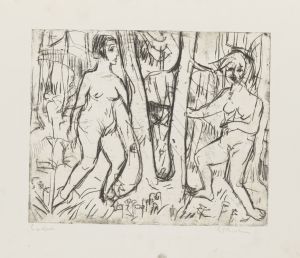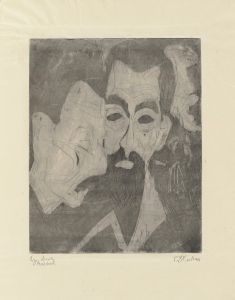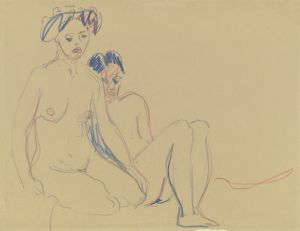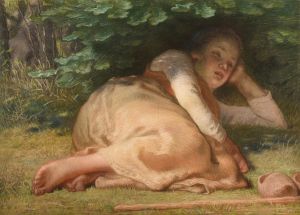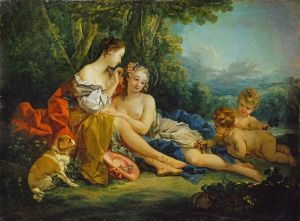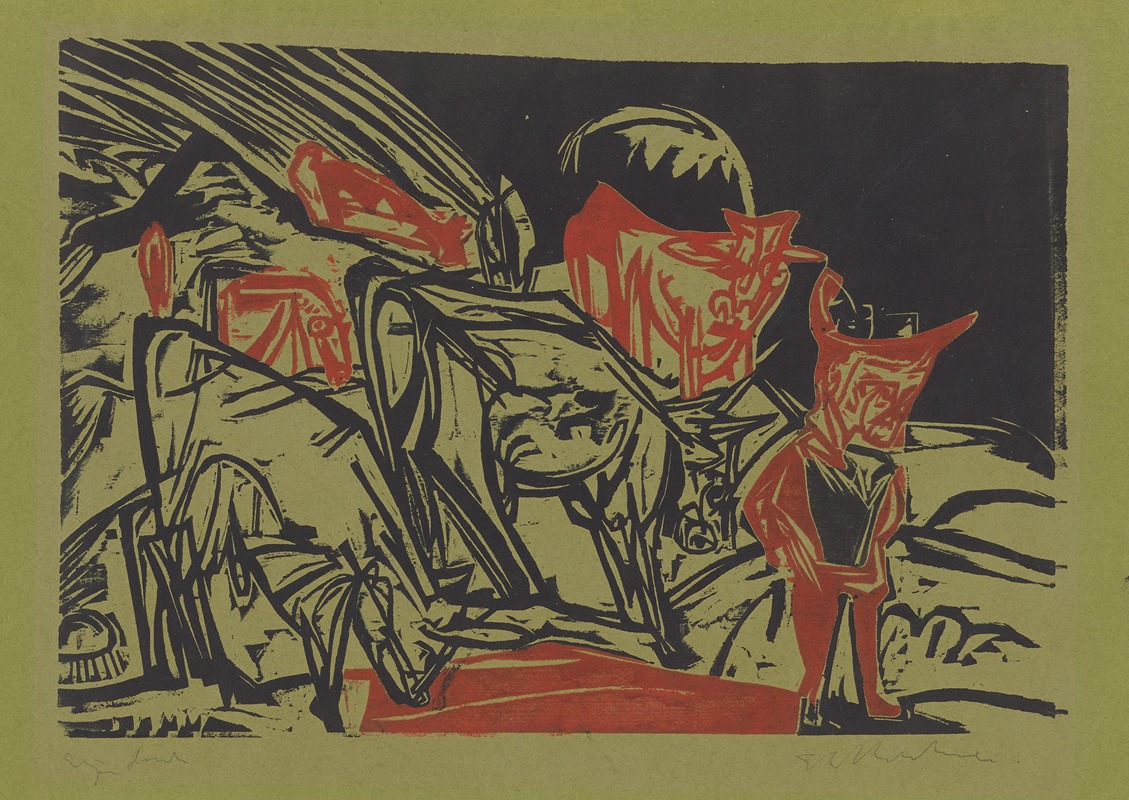
Kuhherde mit einem Hirten
A hand-painted replica of Ernst Ludwig Kirchner’s masterpiece Kuhherde mit einem Hirten, meticulously crafted by professional artists to capture the true essence of the original. Each piece is created with museum-quality canvas and rare mineral pigments, carefully painted by experienced artists with delicate brushstrokes and rich, layered colors to perfectly recreate the texture of the original artwork. Unlike machine-printed reproductions, this hand-painted version brings the painting to life, infused with the artist’s emotions and skill in every stroke. Whether for personal collection or home decoration, it instantly elevates the artistic atmosphere of any space.
Ernst Ludwig Kirchner, a prominent German expressionist painter and one of the founding members of the influential art group Die Brücke, created the painting "Kuhherde mit einem Hirten" (translated as "Herd of Cows with a Shepherd"). Kirchner's work is renowned for its bold use of color, dynamic compositions, and the exploration of modern life and nature, often reflecting the psychological tension of the early 20th century.
"Kuhherde mit einem Hirten" exemplifies Kirchner's fascination with rural themes and his ability to capture the essence of pastoral life. The painting depicts a serene scene of a herd of cows being guided by a shepherd, set against a backdrop that suggests a harmonious relationship between humans and nature. This theme was a recurring subject in Kirchner's work, especially during his time in Davos, Switzerland, where he moved in 1917 in search of a healthier lifestyle and to recover from the psychological trauma he experienced during World War I.
Kirchner's style in this painting is characterized by his typical expressionist approach, which includes the use of vivid, non-naturalistic colors and bold brushstrokes. These elements work together to convey emotion and movement, drawing the viewer into the tranquil yet dynamic rural landscape. The composition of "Kuhherde mit einem Hirten" reflects Kirchner's interest in the simplification of forms and the use of perspective to create a sense of depth and immediacy.
The painting also reflects Kirchner's broader artistic goals, which were to break away from traditional academic art and to express the raw, unfiltered emotions of modern life. His work often sought to capture the spirit of the time, and "Kuhherde mit einem Hirten" can be seen as part of his exploration of the tension between the industrialized world and the natural environment. This tension is subtly present in the painting's composition and color palette, which juxtaposes the calmness of the pastoral scene with the underlying energy of Kirchner's expressive style.
Kirchner's time in Switzerland was a period of prolific artistic output, and his work from this era, including "Kuhherde mit einem Hirten," is marked by a more introspective and contemplative quality compared to his earlier urban scenes. The Swiss landscape and rural life provided him with a new source of inspiration, allowing him to explore themes of solitude, recovery, and the beauty of nature.
"Kuhherde mit einem Hirten" is an important piece within Kirchner's oeuvre, as it encapsulates his transition from the frenetic energy of city life to the more reflective and serene environment of the Swiss Alps. This painting, like many of his works, is a testament to Kirchner's ability to convey complex emotions and ideas through his distinctive expressionist style.
Ernst Ludwig Kirchner's contributions to the expressionist movement have left a lasting impact on the art world, and his works continue to be celebrated for their innovative approach and emotional depth. "Kuhherde mit einem Hirten" remains a significant example of his exploration of rural themes and his mastery of color and form.





